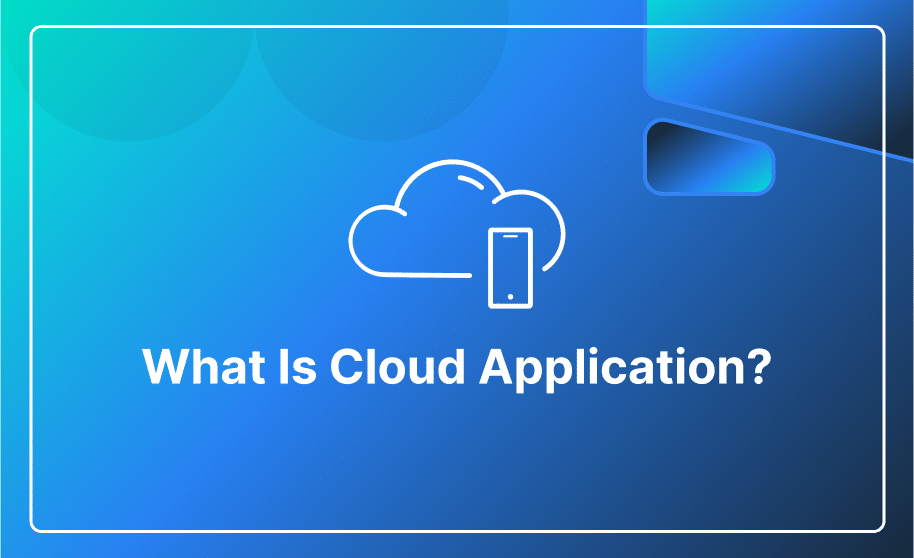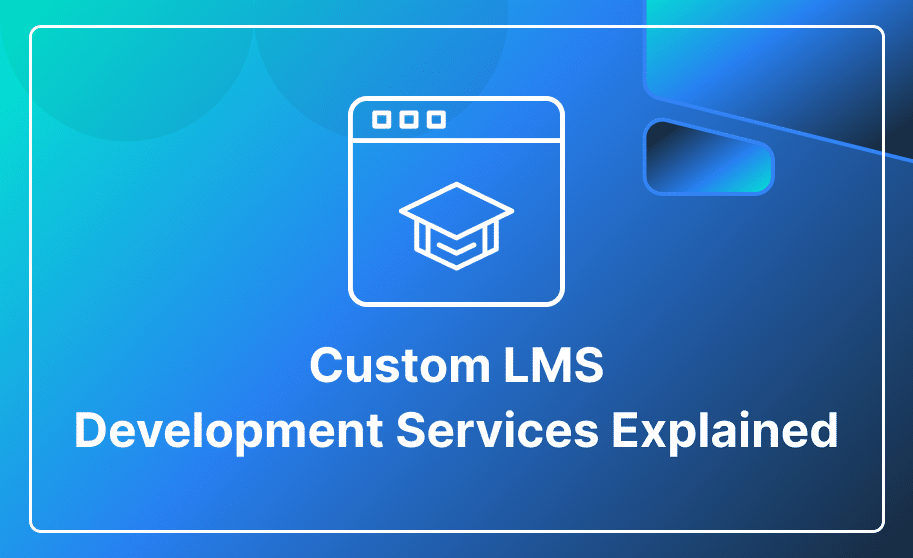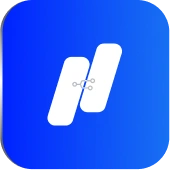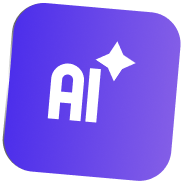In the rapidly evolving world of business and technology, CIOs and Business Technology Partners are constantly seeking ways to enhance efficiency and reduce turnaround time. This is where no-code development becomes apparent.
Do you remember when you needed to know how to code to make an app? Well, we have transcended that era. Now, we have no-code tools that are here to stay, and they are strong enough to help you create almost anything without typing complex code.
In the tech world, no-code development is gaining momentum.
What is No-Code?
No-code frameworks are software design systems that empower non-technical people to create software without writing any code. These platforms have user-friendly interfaces and drag-and-drop functionalities, facilitating the seamless visualization of the implementation process and describing the overall business logic.
What is No-Code App Development?
No-code app development is a programming platform that uses a visual development interface that allows individuals without technical expertise to create applications by dragging and dropping software applications to create a complete app.
In simpler terms, no-code development allows individuals to create applications without writing lines of code. In contrast, traditional coding demands developers to create applications by writing lines of code using programming language While low-code platforms often involve visual development tools, they also allow more flexibility for experienced developers to customize and extend the application with custom code.
Building applications with no code doesn’t require any prior coding experience, which might seem too good to be true. Non-technical enterprise users can create fully functional apps! While this messaging is enticing, the practical success of no-code can be questioned.
You will need skilled coders to create something like a functional program. On the contrary, low-code is not just a concept but a reality. It is reshaping the market and receiving extensive coverage due to its transformative impact.
You can build a diverse range of applications and software solutions with the no-code platform, such as
- No-Code Mobile App Development
Few no-code platforms provide the ability to build native mobile applications for iOS and Android.
- Websites and Web Applications:
By using a no-code platform, you can create and design websites, and you can also add interactive features and functionality. If you are interested in exploring more about web creation. Check out our blog: Revolutionizing Web Creation: The Power of No-Code Web Development.
The Rise of No-Code Platforms
The rise of no-code platforms is significantly impacting the IT industry. These platforms empower you to create applications without programming knowledge. No-code apps are usually used for business purposes and can be customized to align with specific requirements.
No-code platforms are a recent addition to software development, enabling individuals to build applications without coding expertise. Although they have been around for about a decade these platforms have gained popularity due to their user-friendly design and accessibility.
No-code platforms empower organizations to develop apps, websites, documents, and various digital products without the requirement of coding skills. These versatile tools can be utilized for building a diverse range of applications, including chatbots, voice assistants, augmented reality, and virtual reality apps.
No-code platforms gained popularity by introducing visual development interfaces, enabling users to create applications through intuitive, graphical tools. With the passage of time, no-code platforms evolved to offer a broader range of functionalities, allowing users to build more complex applications, including data-driven and workflow-based solutions. The integration of no-code platforms with various data sources and APIs marked a milestone, enhancing the platforms’ versatility and enabling seamless connectivity with external services.
Key Features of No-Code App Platforms
Drag-and-Drop Interface
One of the primary reasons why no-code has gained substantial attention and rapid growth is its user-friendly nature, particularly the drag-and-drop feature. With this feature, you can easily drag and drop the desired features to build applications.
Data Connections
Many no-code platforms either come pre-configured with a database and server-side software or offer a user-friendly interface to connect with a database of your choice.
Visual Development Environment
A visual development environment provides users with an intuitive interface to create applications without coding. This environment involves a graphical canvas that allows you to visually design elements, use drag-and-drop features, and shape the structure and user interface of the app.
Cross-Platform Compatibility
No-code solutions enable you to create applications that can run on various platforms, including web browsers, smartphone devices, and desktops.
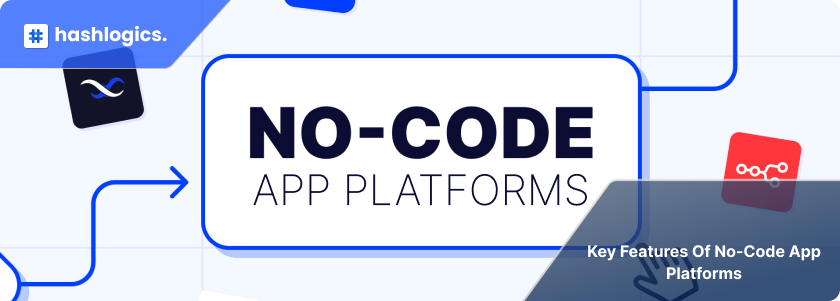
Benefits of No-Code Development
No-code development offers numerous benefits. Here are some of the key benefits that make this approach a game-changer:
- Increased Development Speed:
With the no-code method, around 90% of the development occurs through drag-and-drop functionality using pre-built modules. It speeds up the application development process. Moreover, automated testing further reduces the overall development time.
- Cost-Efficiency:
No-code development is a budget-friendly solution that reduces costs by eliminating the need for extensive coding skills and hiring expert developers.
- Accessibility:
No-code development enables individuals without coding expertise to participate in application development actively. This inclusive approach enriches the development process with varied perspectives.
- Encourages Collaboration:
No code fosters collaboration among team members involved in app building. With no requirement for coding expertise, individuals can create unique apps without facing technical hurdles. This promotes seamless communication and accelerates the development process.
Popular No-Code Tools and Platforms
The popular no-code platforms and tools are:
- Bubble allows users to create complex and highly customized applications without coding. It supports data integration and provides responsive design for various devices.
- Zapier allows users to create an automated workflow. It is recognized for its extensive integration capabilities.
- Webflow is renowned for its intuitive visual interface. It empowers users to design and launch responsive websites.
- Shopify allows users to build and customize online stores without coding.
A Beginner’s Guide to Starting a No-Code Project
- Clearly outline the objective and purpose of your project.
- Explore different no-code platforms. Consider multiple factors such as ease of use, scalability, and specific features various platforms offer.
- Learn how to use the drag-and-drop interface, pre-built components, and other features that simplify the development process.
- Begin designing your application’s layout and structure. Use the visual tools offered by the no-code platform to create an intuitive and user-friendly interface.
Challenges and Limitations
- Scalability Concern:
One prevalent challenge in no-code development is scalability. While these platforms offer agility, complex projects may face limitations as they grow.
- Customization Constraints:
If your project requires intricate and unique functionalities, it is essential to assess the customization capabilities of your chosen no-code platform, as these platforms may have limitations in accommodating highly personalized solutions.
- Security Considerations:
Security is a crucial concern frequently discussed in no-code development. Although these platforms integrate security measures, users should remain attentive. Verify that the selected platform aligns with industry standards, provides secure data storage options, and supports essential authentication protocols.

Conclusion:
In the fast-changing world of business and technology, no-code has emerged as a game-changer, eliminating the need for coding expertise in application creation.
As we anticipate future trends, the integration of artificial intelligence, advancements in natural language processing, and improved collaboration features take center stage. No-code development promises an inclusive and innovative future in the ever-evolving technological landscape.


